Definition of center wavelength and wavelength spacing in CWDM applications
Time: 2023-12-07
CWDM is a low-cost WDM transmission technology for the access layer of MANs, which uses optical multiplexers to multiplex optical signals of different wavelengths into a single optical fiber for transmission to maximize the use of fiber resources. Regarding the center wavelength and wavelength spacing index of CWDM application, ITU-T has defined clearly in G.694.2.
• Center wavelength for CWDM applications
The first edition of G.694.2 in 2002 defines that the maximum number of nominal center operating wavelengths that can be accommodated within the fiber link of a CWDM system is 18, with the center wavelength starting from 1270 nm and ending at 1610 nm, with adjacent wavelengths spaced 20 nm apart, and with the center wavelength allowed to be shifted by ±6.5 nm.
Typically uncooled lasers have a temperature drift coefficient of 0.08nm/°C. The factory-nominal center wavelength of most laser manufacturers refers to the output wavelength of the laser at 23°C. For optical module applications, the typical commercial temperature operating range of 0 ~ 70 ℃, it is clear that the use of uncooled laser module output wavelength will work in the "asymmetric" state, that is, the center wavelength of the CWDM is no longer about 23 ℃ laser output wavelength value, but 35 ℃ laser output wavelength value. Due to the influence of temperature drift, the output wavelength at this time has been drifted to a higher wavelength direction of about 1nm, the calculation process is shown below:
(35℃-23℃) × 0.08nm/℃ = 0.96nm ≈ 1nm
Therefore, ITU-T agreed to shift the center wavelength defined in G.694.2 upward by 1nm after discussion at the 2003 meeting, consistent with current industry practice, while maintaining a symmetrical nominal center wavelength deviation tolerance.

Figure 1 CWDM center wavelength distribution map
• Wavelength Spacing for CWDM Applications
The fundamentals of selecting center wavelength spacing and the determinants of wavelength variation are explained in the Appendix I, Center Wavelength Spacing and Wavelength Variation document of G.694.2.
Effective CWDM implementations of uncooled lasers and wide passband filters require that the nominal center wavelength spacing shall not be less than 20 nm, and that wavelength variations in the range of ±6 to 7 nm can be compatible with today's filtering techniques. For the guard band, one-third of the minimum channel spacing is sufficient, so to maximize the number of channels, a wavelength spacing of 20 nm was chosen for the CWDM application. in that case, the CWDM application allows a wavelength shift of ±6.5 nm and a guard band width of 7nm.
Moduletek Limited can provide CWDM optical modules for various rate applications from GE to 25G.
If you have any questions about the above content, you can contact us by Email : web@moduletek.com

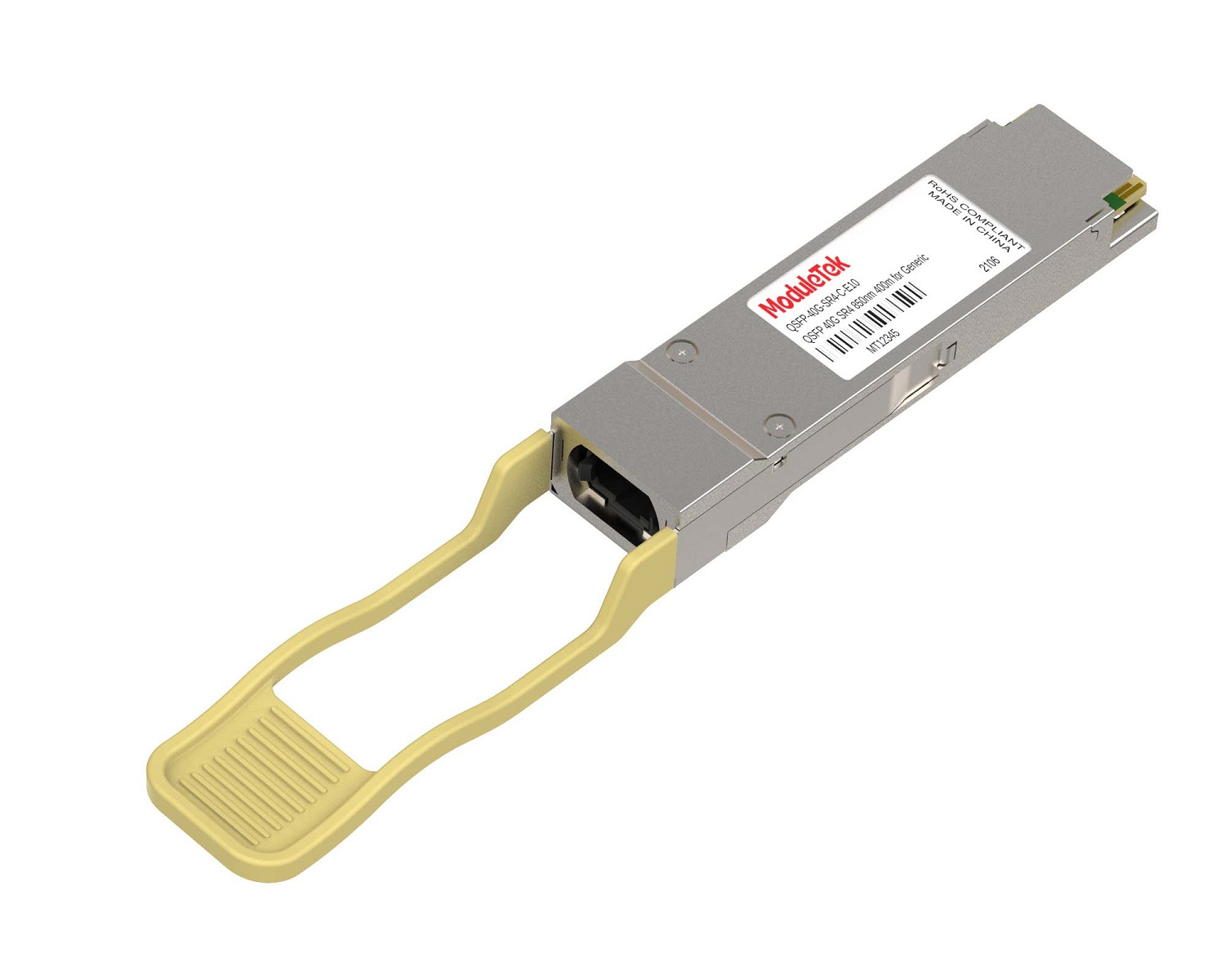 40G/100G Optical Transceivers
40G/100G Optical Transceivers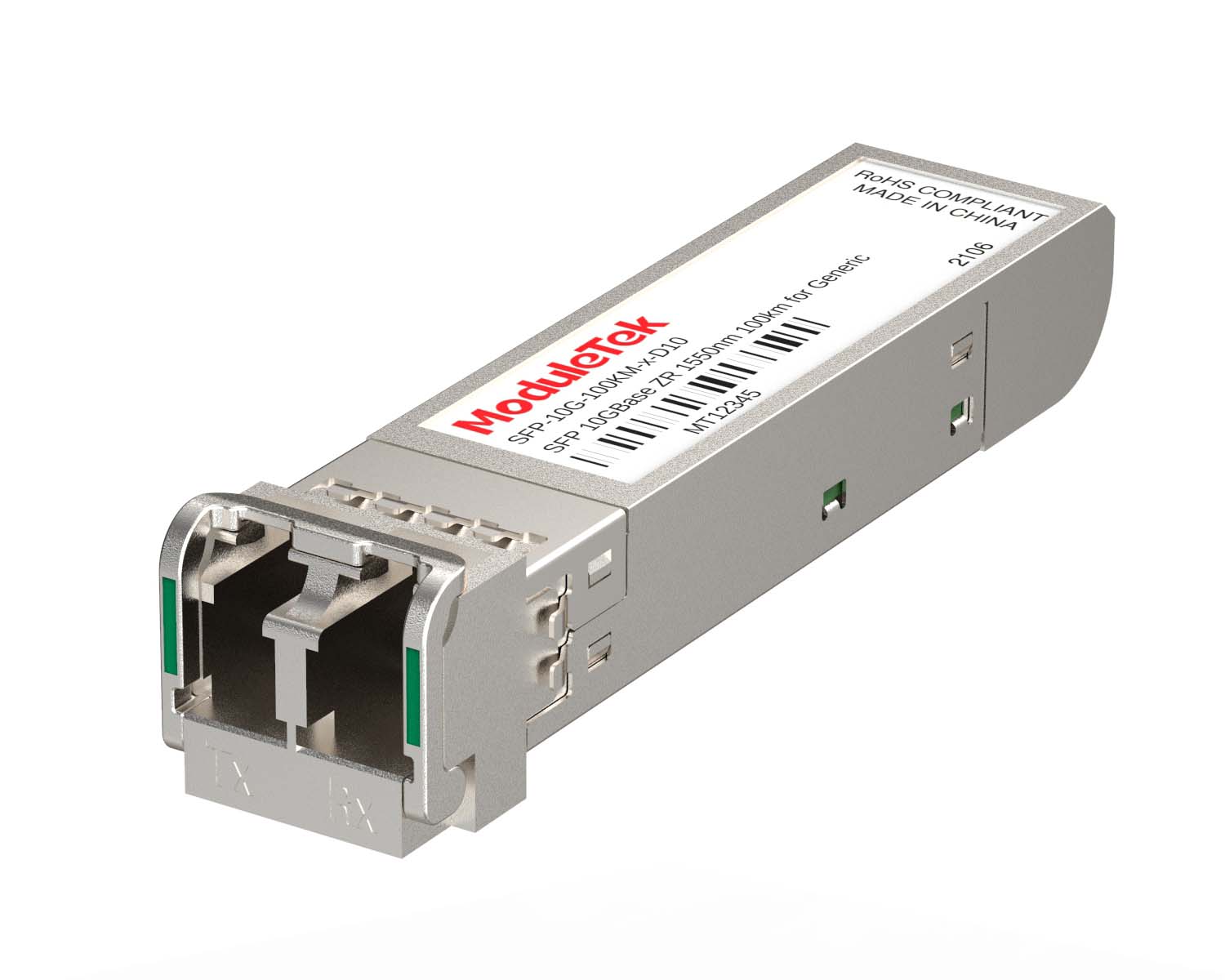 10G/25G Optical Transceivers
10G/25G Optical Transceivers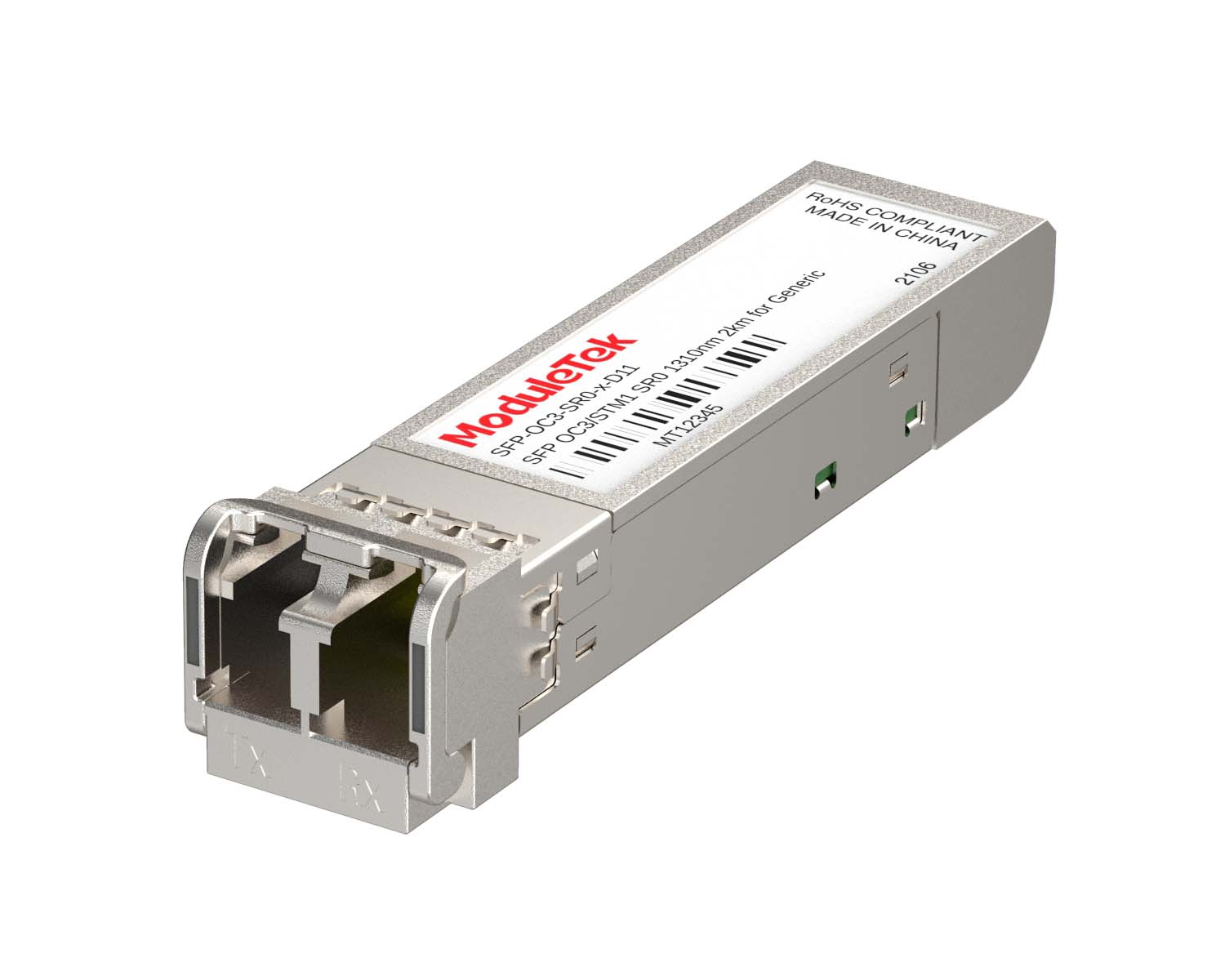 155M/622M/2.5G Optical Transceivers
155M/622M/2.5G Optical Transceivers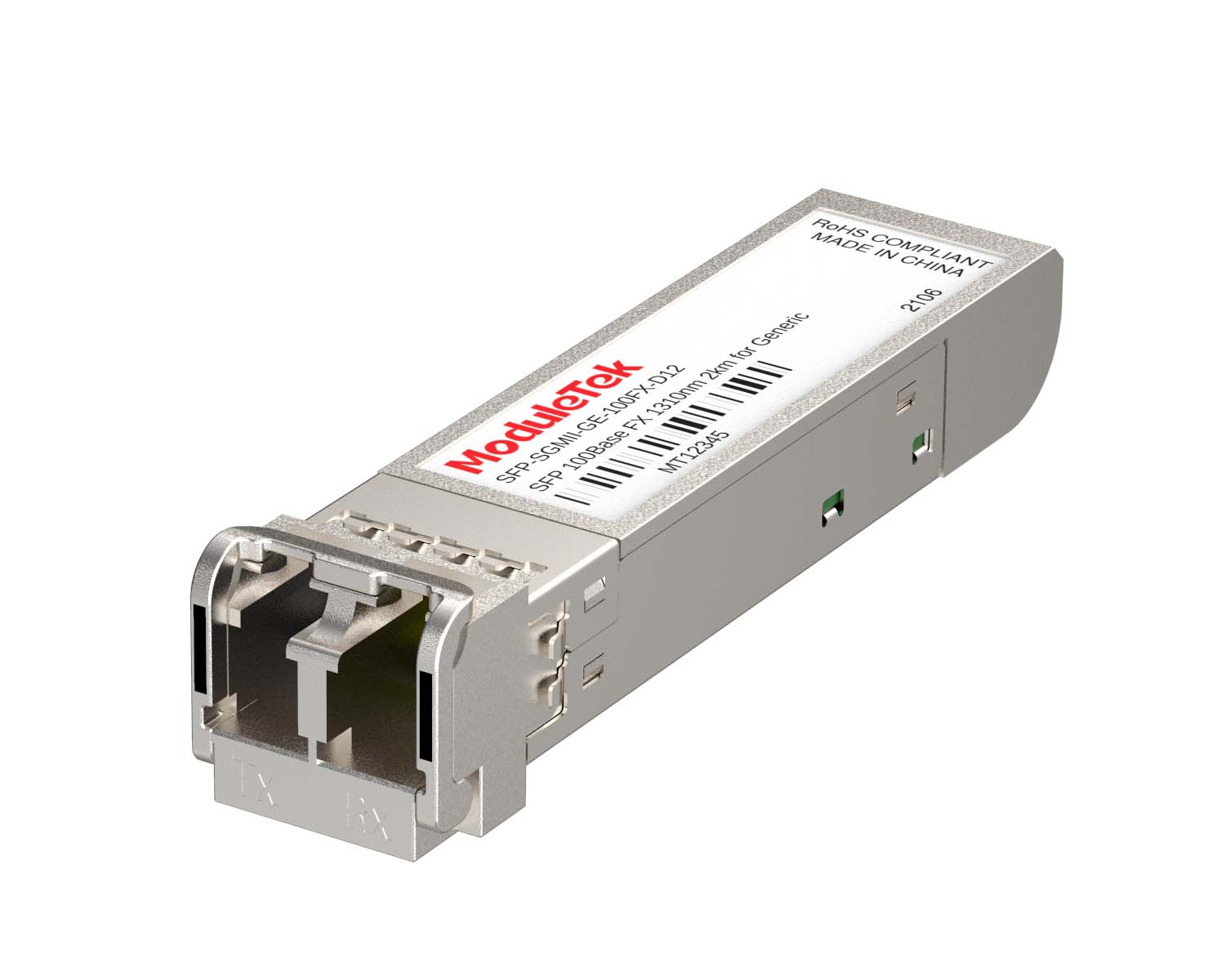 100M/1G Optical Transceivers
100M/1G Optical Transceivers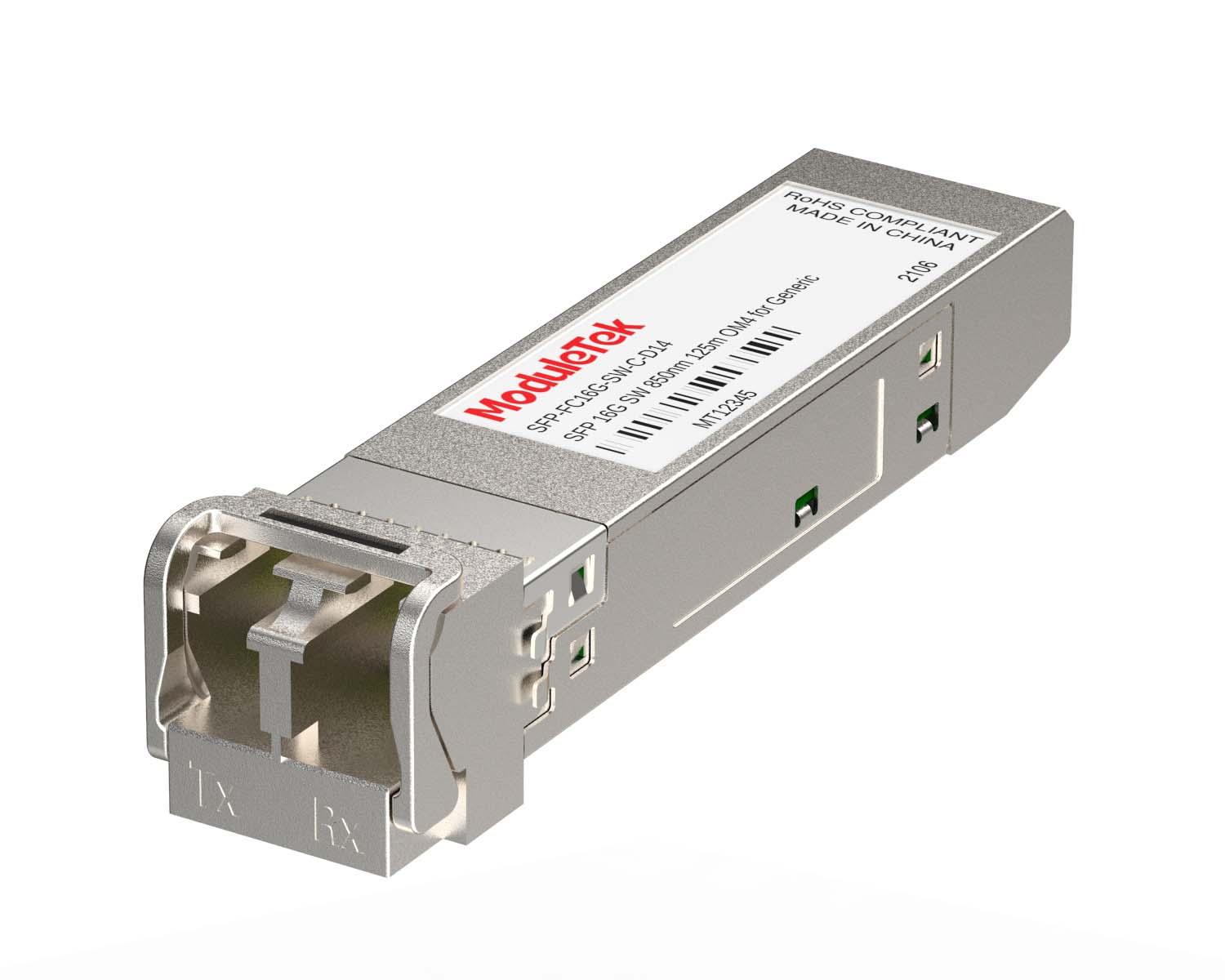 FC 16G/32G Optical Transceivers
FC 16G/32G Optical Transceivers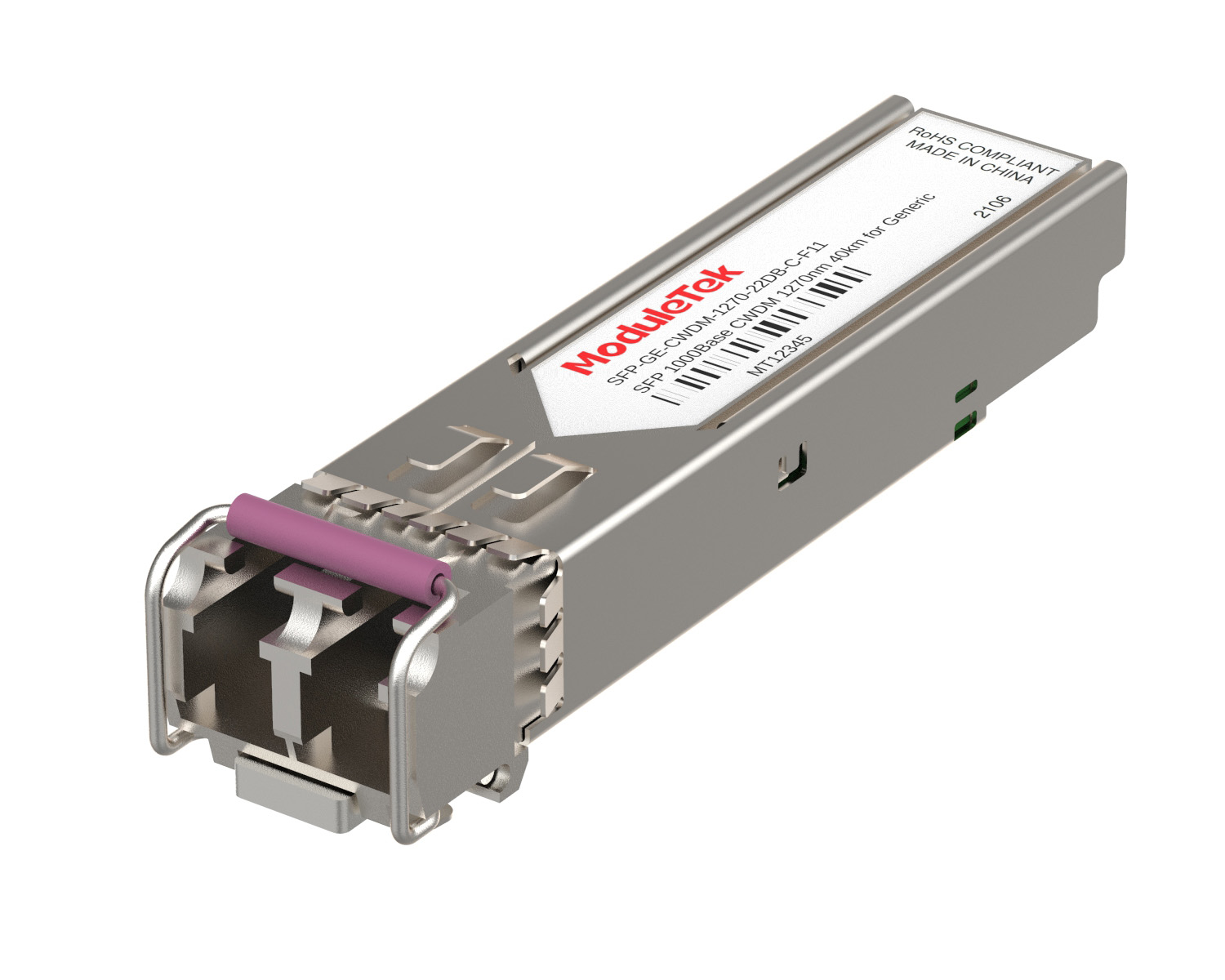 CWDM/DWDM Optical Transceivers
CWDM/DWDM Optical Transceivers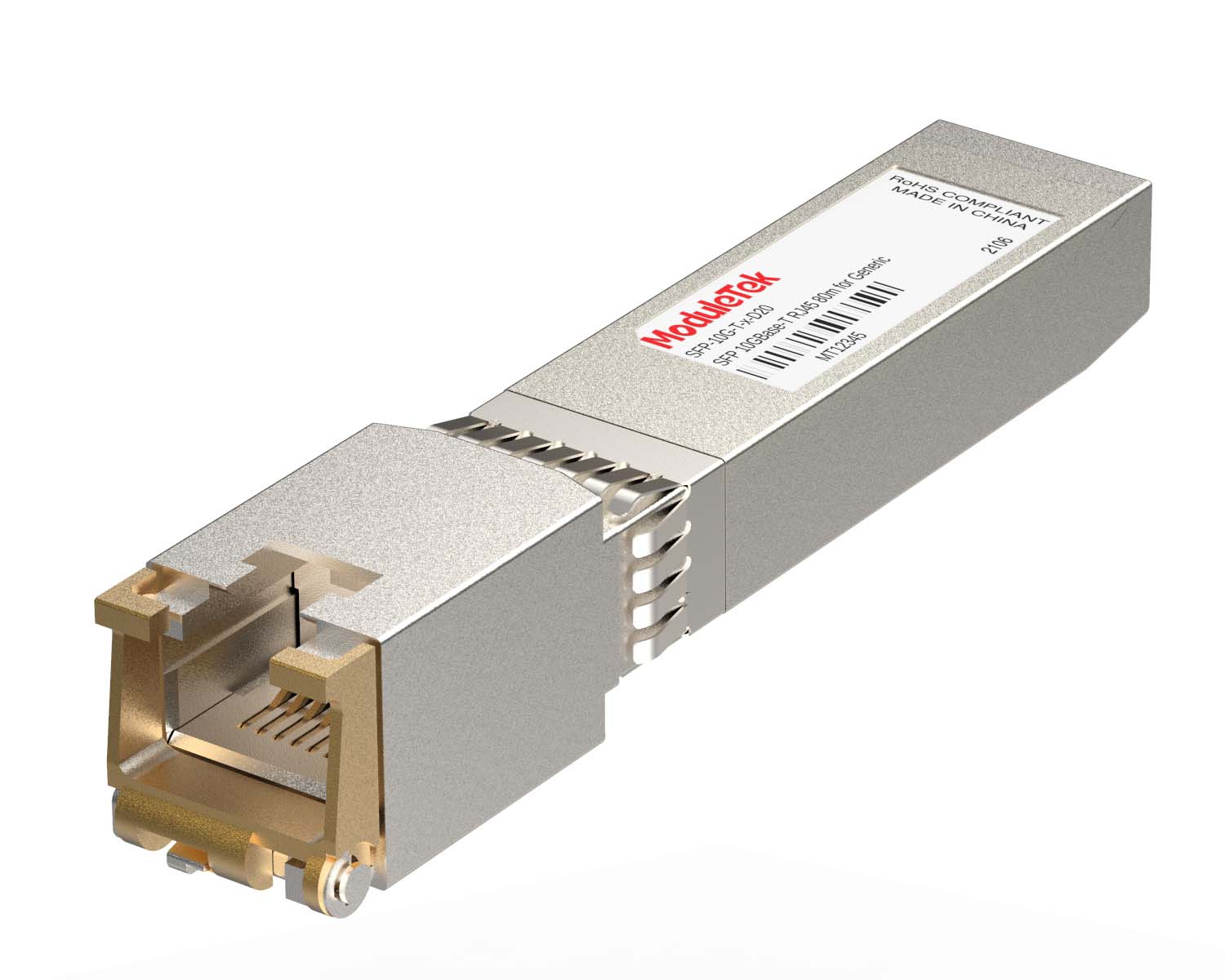 100M/1G/10G Coppers
100M/1G/10G Coppers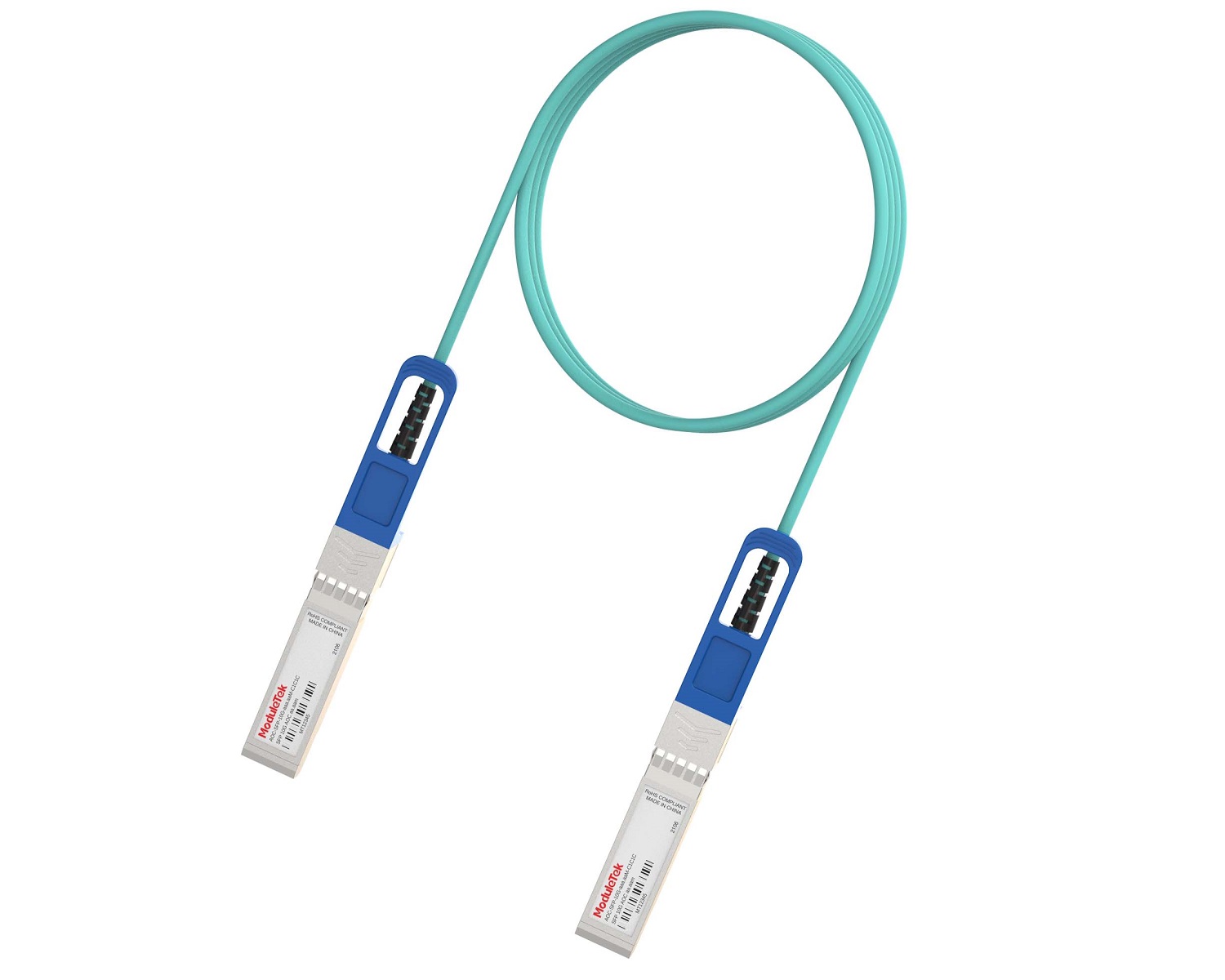 Active Cable AOC
Active Cable AOC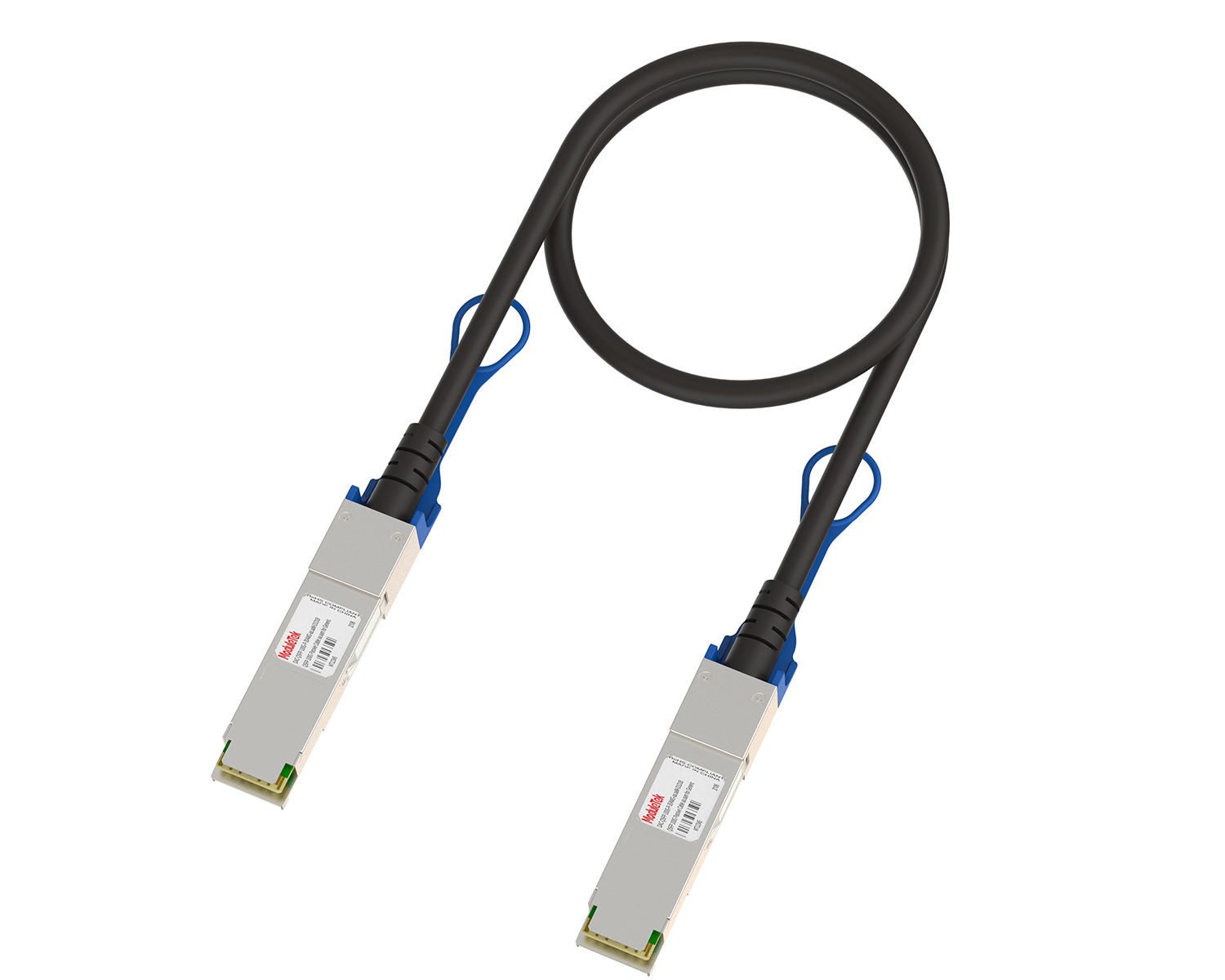 Direct Attach Cable DAC
Direct Attach Cable DAC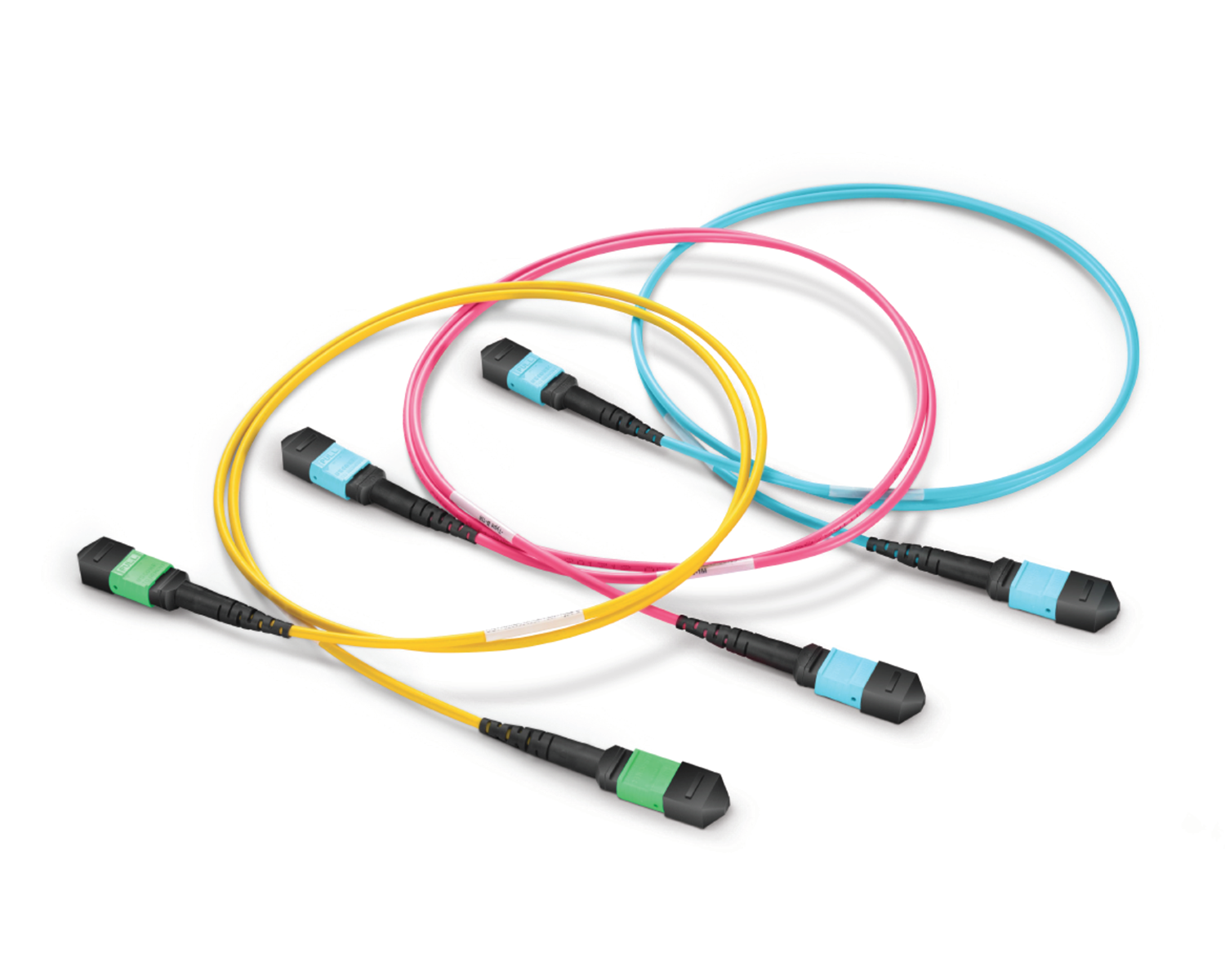 Regular/MTP-MPO Fiber Patch Cords
Regular/MTP-MPO Fiber Patch Cords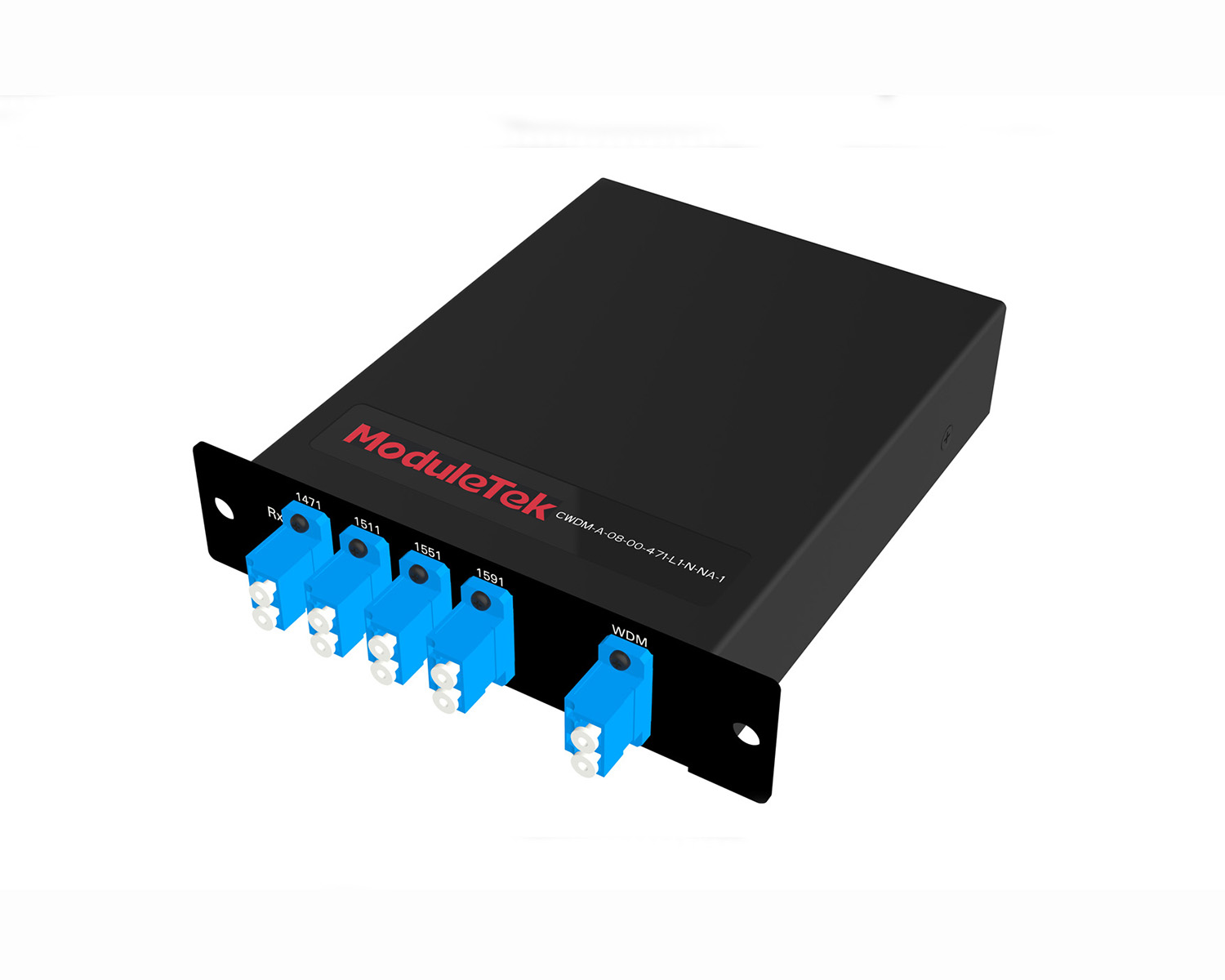 MT2011
MT2011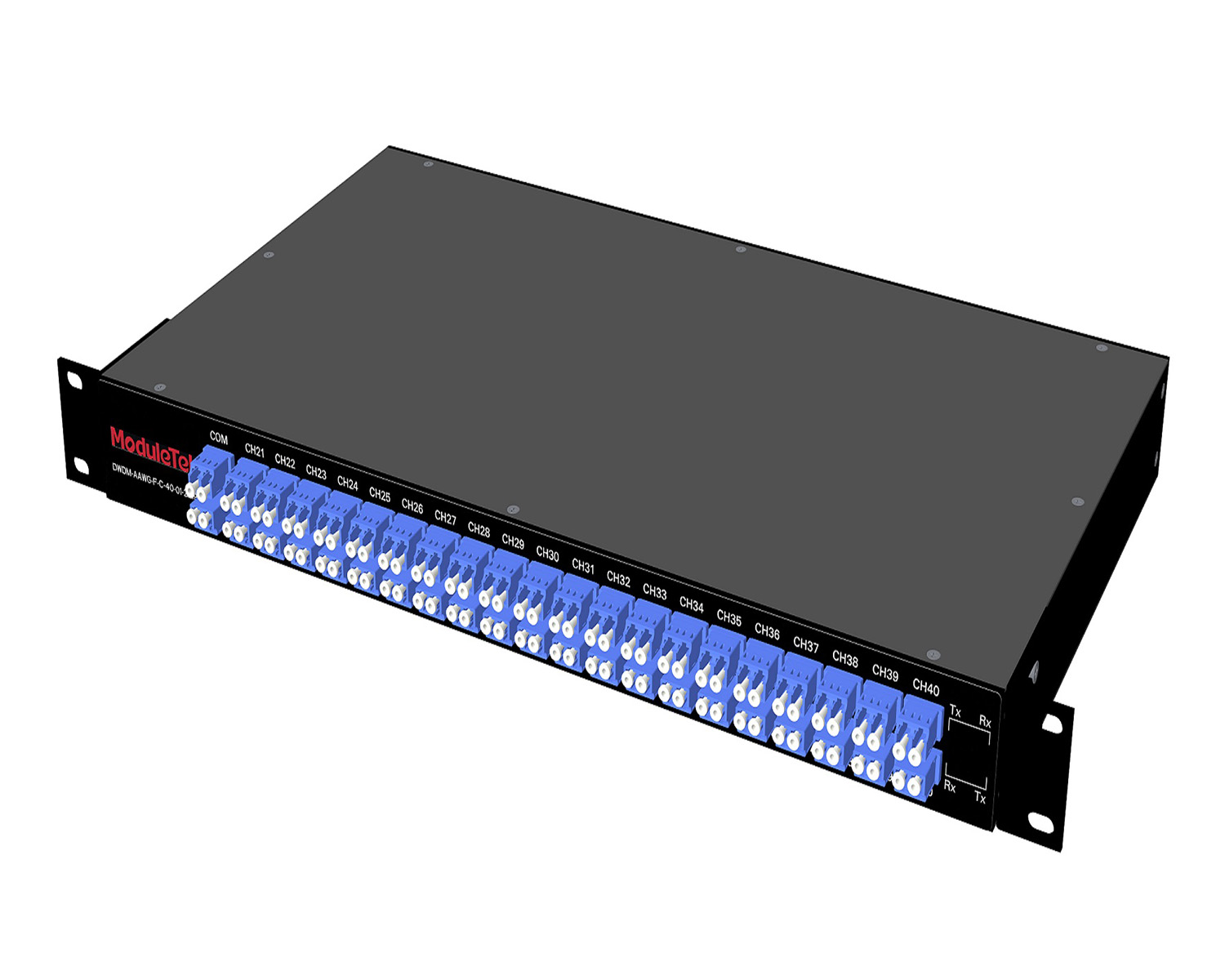 MT2010
MT2010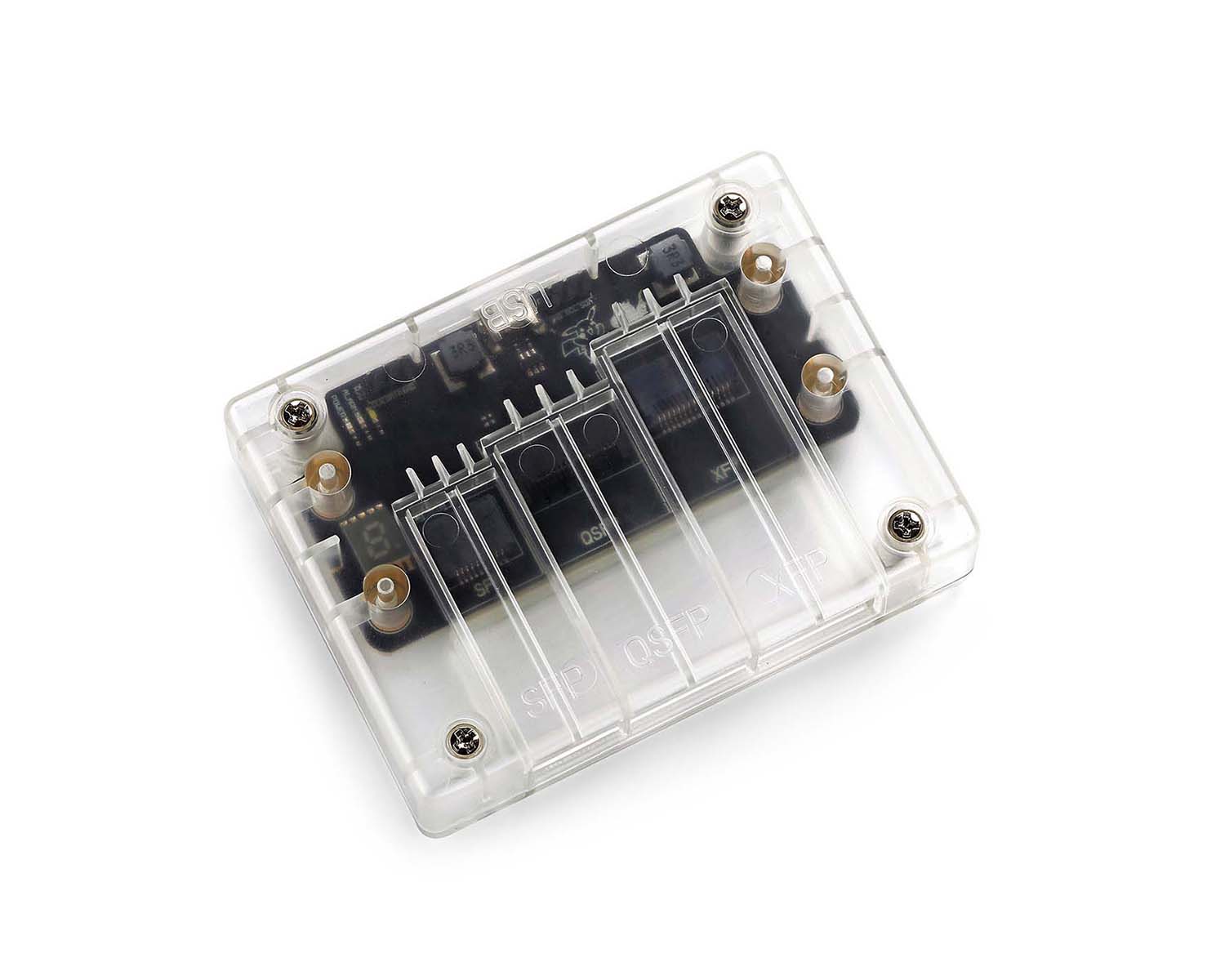 CodingBox
CodingBox






